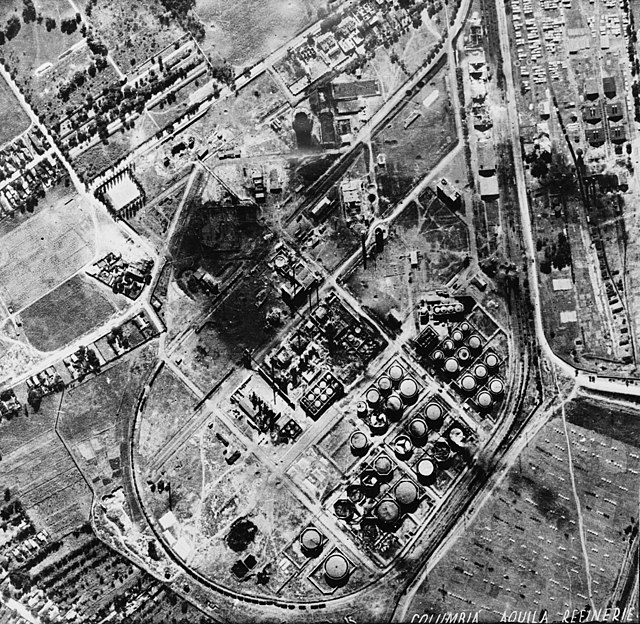Shattered Sword explicitly stated that the carriers did not launch CAP with a deck park, correct? Upon what basis did they make that claim?
Shattered Sword explicity stated that carriers did not recover aircraft with deck parks, but Fuchida's Pearl Harbor account says that when he landed, it was doing just that.
This is the 20 million dollar question - could and did IJN carriers recover and launch CAP with a deck park? Answer - I don't know Fuchida's Midway account indirectly says 'yes', but he never explicitly stated as such, and his account had the first strike lowered around 0830, which was clearly wrong. For Shattered Sword, they say no - using the B-17 photographic evidence that the decks were clear.
The physical evidence available is the layout of the Akagi- page 464 of Shattered Sword if you have it. Beside the bridge is the launch point for the CAP Zeros - where the Zeros are pictured. The rear crash barrier is just behind the midship elevator. The space between the crash barriers is where a deck park could be while launching and recovering Zeros. If the park is not to be moved, and if the fighters are going down the center lift then being pushed foward (the Akagi's DB's were attacking Midway, so the admiship hanger was empty) then it appears any park must be small - maybe 6 aircraft. If pushing the park back and forth a bit were acceptable, then maybe 12 aircraft could be accomodated. Since elevator times were an issue, there would be an incentive to maintain even a 6 plane park. But did they actually do it? I have no idea. All we know for sure is that at 0800-0830, they didn't.
On page 229 of
Shattered Sword, the authors state:
"While fighters could theoretically take off from the bow during spotting, in practice we know of no instances where this was done."
As the authors made heavy use of 'Senshi Sosho' in writing the book, as well as air group records from the Japanese carriers, and consulted heavily with Japanese experts on carrier ops, this seems fairly authoritative.
As for deck parks (as opposed to merely pushing excess landed aircraft forward of the barrier while waiting for elevators to strike them below, in order to let more aircraft land),
Shattered Sword notes that the only times the IJN used deck parks was during the Pearl op (when carrying larger than normal air wings), and CarDiv 5 during the Indian Ocean (authors do not say why in this case).
Again, given the thoroughness with which the authors mined Japanese sources, this seems fairly authoritative.
Edit:
Below I reproduce the chart of Akagi's air ops during Midway provided by Parshall and Tully in
Doctrine Matters, a NWCR article (Summer 2001), available online.
0655—launch CAP (three fighters)
0659—recover CAP (three fighters)
0710—launch CAP (five fighters)
0720—recover CAP (one fighter)
0726—recover CAP (one fighter)
0736—recover CAP (three fighters)
0750—recover CAP (two fighters)
0808—launch CAP (three fighters)
0832—launch CAP (four fighters)
0837–0900—recover Midway attack force plus three CAP fighters 0910—recover CAP (one fighter)
0932—launch CAP (five fighters)
0945—launch CAP (three fighters)
0951—recover CAP (two fighters)
1010—recover CAP (three fighters).
For whatever it's worth, Akagi could recover CAP as quickly as 4-6 minutes after launching CAP, but it took 11-18 minutes to launch CAP after recovering CAP.
Small sample size, and we don't know what other factors were involved, but this is somewhat suggestive. It looks as if recovering fighters had to wait just long enough for the launching ones to get out of the way. While launching planes had perhaps to be pushed around a bit (spotting further aft?) after the recovering planes were handled (stricken below or pushed to a safe spot).
